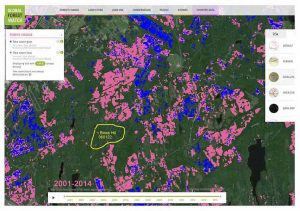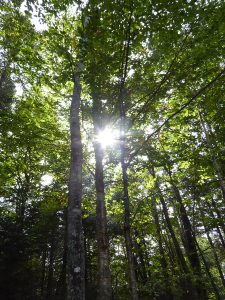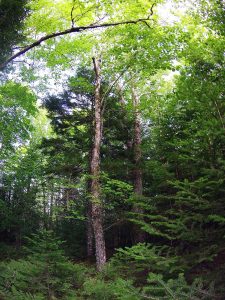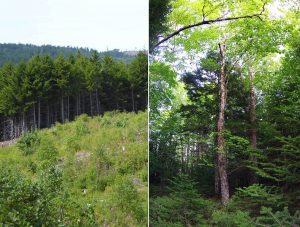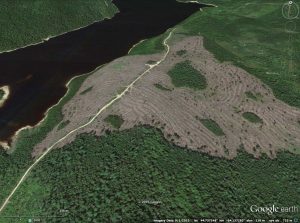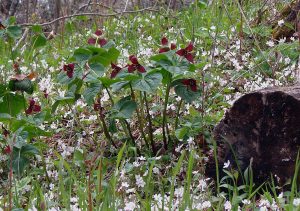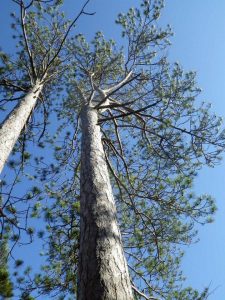“Should private industry be the steward of public lands?” asks the writer.
Continue reading
Search this site
-
Recent Posts
- Nova Scotia Forest Notes: a record of goings-on in forests and forestry in Nova Scotia 21Jun2016-21Jun2022
- Shady Accounting and Vanishing Forests on Nova Scotia’s Crown Lands 14Jul2024
- Lichen Camp Day 127: symbiosis is always the topic 7Jul2024
- On our Wabanaki Forest 21Jun2024
- Fourteen students completed the first official tree marking course in Nova Scotia 20Jun2024
Recent Comments
- Nova Scotia Government responds to Questions about the Sustainable Forest Harvest Level 16Oct2024 | Nova Scotia Forest Matters on Feds’ Satellite Forest Monitoring Map illustrates intensity of forest harvesting in Nova Scotia
- dbt therapist san diego on What lichens and lichenologists can and sometimes cannot tell us
- heets wholesale uk on What lichens and lichenologists can and sometimes cannot tell us
- เกียรติบัตรออนไลน์ on What lichens and lichenologists can and sometimes cannot tell us
- จำหน่าย พัดลมอุตสาหกรรม on What lichens and lichenologists can and sometimes cannot tell us
Archives
- September 2024
- July 2024
- June 2024
- March 2024
- February 2024
- January 2024
- November 2023
- September 2023
- June 2023
- May 2023
- April 2023
- March 2023
- February 2023
- January 2023
- December 2022
- November 2022
- October 2022
- July 2022
- June 2022
- May 2022
- April 2022
- March 2022
- February 2022
- January 2022
- December 2021
- November 2021
- October 2021
- September 2021
- August 2021
- July 2021
- June 2021
- May 2021
- April 2021
- March 2021
- February 2021
- January 2021
- December 2020
- November 2020
- October 2020
- September 2020
- August 2020
- July 2020
- June 2020
- May 2020
- April 2020
- March 2020
- February 2020
- January 2020
- December 2019
- November 2019
- October 2019
- September 2019
- August 2019
- July 2019
- June 2019
- May 2019
- April 2019
- March 2019
- February 2019
- January 2019
- December 2018
- November 2018
- October 2018
- September 2018
- August 2018
- July 2018
- June 2018
- May 2018
- April 2018
- March 2018
- February 2018
- January 2018
- December 2017
- November 2017
- October 2017
- September 2017
- August 2017
- July 2017
- June 2017
- May 2017
- April 2017
- March 2017
- February 2017
- January 2017
- December 2016
- November 2016
- October 2016
- September 2016
- August 2016
- July 2016
- June 2016
Categories
- About the website
- Acadian Forest
- Biomass
- Biophilia
- Certification
- Citizen Science
- clearcuts
- Climate Change
- Conservation
- Corbett-Dalhousie Lakes
- deforeststion
- Economics
- Ecosystem Services
- events
- Fire
- Fish
- Forest Certification
- Gold Mining
- hardwoods
- herbicides
- HPMV
- Ind Rev Post-Report
- Independent Review
- Indigenous Peoples
- L&F
- Landscape Level Planning
- Letters&Editorials
- Lichens
- Loon Lake
- Lumber
- Mi'kmaq
- Mining
- Natural History
- Natural Resources & Renewables
- New PC Government
- NSDNR
- NTFP
- Old Growth
- Parks & Protected Areas
- Pests
- Post NP mill
- Private Woodlots
- Pulp & Paper
- Rankin
- Recreation
- Selection Harvest
- Show Us the Science
- Social Media
- Social Values
- softwood lumber
- spraying
- Tree Harvests
- Triad
- Uncategorized
- Urban forest
- Variable Retention
- Wabanaki Forest
- Watersheds
- WestFor
- Wildlife
- Wood Construction
- Woodscamp
Meta

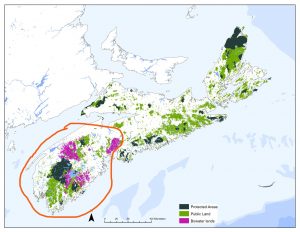
 “So Nova Scotia’s forest industry is reporting more jobs and money lately. As a small woodlot owner and operator, I say, “Show me the money.” View
“So Nova Scotia’s forest industry is reporting more jobs and money lately. As a small woodlot owner and operator, I say, “Show me the money.” View 